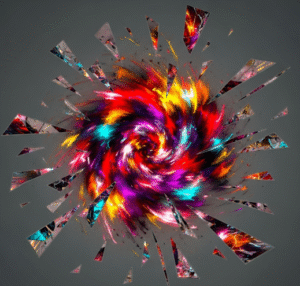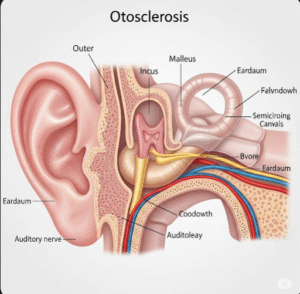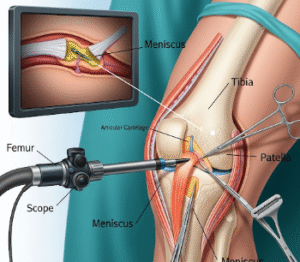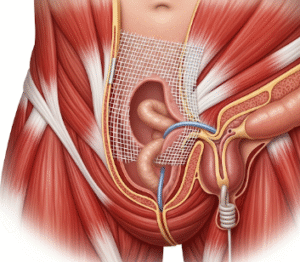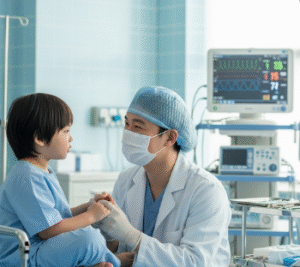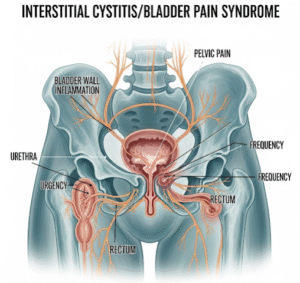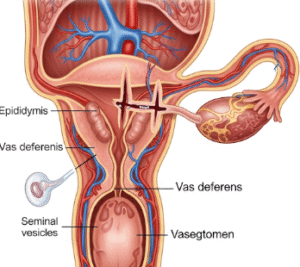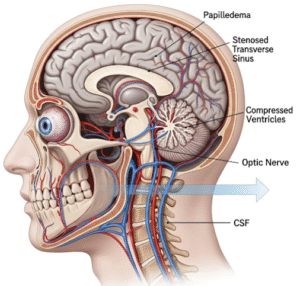A Comprehensive Guide to Skin and Care Treatment
➤ What it is
Tinea pedis, commonly called athlete’s foot, is a fungal infection of the feet caused mainly by dermatophytes such as Trichophyton rubrum.
It typically develops in moist, warm environments and is highly contagious. Clinical presentations include:
- Interdigital type → scaling, redness, and fissures between toes,
- Plantar moccasin type → dry, scaly thickened soles,
- Vesicular type → blisters on the arch or instep.
In Korea, tinea pedis is considered both a medical and lifestyle issue. Treatment involves antifungal medications, advanced skincare regimens, and preventive education, reflecting the strong emphasis on hygiene and appearance.
➤ Why it’s done
Patients seek treatment for tinea pedis because:
- Relief from discomfort → itching, burning, and cracking of skin.
- Prevent spread → infection may spread to toenails (onychomycosis), hands, or other body parts.
- Avoid recurrence → untreated tinea pedis is prone to chronic relapse.
- Social and cosmetic reasons → foot odor, scaling, and visible infection can affect confidence.
- Korean cultural context → in a society with communal spaces (public baths, saunas, gyms), prevention and treatment of athlete’s foot is especially prioritized.
➤ Alternatives
Several treatment options exist depending on severity and type:
Topical Antifungals (First-line for Mild Cases)
- Azoles → clotrimazole, ketoconazole, econazole.
- Allylamines → terbinafine, naftifine, butenafine.
- Ciclopirox and tolnaftate creams or sprays.
Systemic Antifungals (For Severe or Refractory Cases)
- Oral terbinafine, itraconazole, fluconazole.
- Course usually 2–4 weeks.
- Liver function monitored during systemic therapy.
Adjunctive Skincare
- Antifungal foot powders for moisture-prone toes.
- Medicated foot soaks (dilute vinegar, potassium permanganate).
- Barrier creams to prevent cracks.
Korean Dermatology Approaches
- Medicated antifungal foot baths in clinics.
- LED blue light therapy as adjunct for antifungal support.
- K-beauty foot care products → exfoliating masks, moisturizers, and powders for long-term care.
➤ Preparation
Preparation helps maximize treatment success:
- Dermatology Consultation
- Clinical examination and history.
- KOH test or fungal culture to confirm diagnosis.
- Digital dermoscopy sometimes used in Korea to assess skin and nails.
- Pre-Treatment Guidelines
- Keep feet dry and clean before visit.
- Avoid applying antifungal creams 24 hours before exam (to avoid false negatives).
- Bring list of medications or skincare products currently used.
- Patient Education
- Explanation of tinea pedis as a chronic condition requiring adherence.
➤ How it’s Done
Tinea pedis treatment in Korea typically involves multi-step care:
1. Topical Therapy
- Mild cases treated with antifungal creams or sprays applied 1–2 times daily for 2–4 weeks.
- Allylamines (terbinafine, naftifine) often preferred for faster results.
- Antifungal powders used between toes for sweat-prone patients.
2. Systemic Therapy
- For severe, recurrent, or plantar moccasin-type infections.
- Oral terbinafine, itraconazole, or fluconazole prescribed.
- Blood tests sometimes done before and during treatment to ensure safety.
3. Adjunctive Care
- Korean-style antifungal foot soaks with medicated solutions.
- Gentle exfoliation with keratolytic creams (urea, lactic acid) for thickened soles.
- Barrier creams to prevent secondary bacterial infections.
4. Preventive Programs
- Advice on footwear → breathable shoes, frequent sock changes.
- Washing and disinfecting shoes.
- Family members may also need treatment to prevent reinfection.
5. Korean Dermatology Enhancements
- LED light therapy for antifungal effect and faster healing.
- Moisture-control facials for feet → hydrogel patches and cooling masks for irritated skin.
- Customized skincare programs with antifungal sprays, powders, and creams.
➤ Recovery
Recovery depends on infection type and adherence:
- Interdigital type → clears in 2–4 weeks with topical therapy.
- Plantar moccasin type → often needs oral antifungals; recovery in 4–6 weeks.
- Vesicular type → blisters resolve in 1–2 weeks, antifungal creams continued after healing.
Aftercare Instructions:
- Continue antifungal treatment for 1–2 weeks after visible clearance.
- Dry feet thoroughly after bathing, especially between toes.
- Wear cotton socks; avoid synthetic fabrics.
- Use antifungal powders in shoes.
Korean Recovery Practices:
- Barrier-repair creams with ceramides or panthenol for cracked heels.
- Exfoliating foot masks to maintain smooth soles after recovery.
- Routine follow-ups during humid summer seasons.
➤ Complications
If untreated or poorly managed, tinea pedis can lead to:
- Onychomycosis (fungal nail infection).
- Secondary bacterial infections (cellulitis, impetigo).
- Chronic recurrence.
- Spreading to hands (tinea manuum).
Treatment-related complications include:
- Irritation or dryness from topical antifungals.
- Liver toxicity (rare) with oral antifungals.
Korean dermatology reduces risks by:
- Careful patient monitoring.
- Combining antifungal care with hydration and skin barrier support.
- Preventive lifestyle counseling.
➤ Treatment Options in Korea
Korea is highly advanced in managing tinea pedis, with a strong focus on both medical treatment and cosmetic recovery.
Why Korea excels:
- Comprehensive care → combines antifungal therapy with lifestyle education.
- Advanced diagnostics → KOH microscopy, fungal culture, digital dermoscopy.
- Integration with K-beauty practices → foot care, barrier repair, exfoliation.
- Cultural emphasis on hygiene → communal spaces drive prevention awareness.
Unique Korean Practices:
- Medicated antifungal spa programs for feet.
- LED therapy for antifungal effect and faster healing.
- Customized product regimens → sprays, powders, exfoliating masks.
- Medical tourism services → combined fungal skin and nail treatments.
✨ Final Thoughts
Tinea Pedis Treatment in Korea provides a thorough, effective, and prevention-oriented approach to athlete’s foot. With topical and systemic antifungals, supplemented by antifungal soaks, LED therapy, and K-beauty-inspired skincare regimens, patients achieve both fungal clearance and long-term foot health.
By blending medical precision with skincare culture, Korea stands as a global leader in fungal foot infection management, helping patients restore both comfort and confidence.


